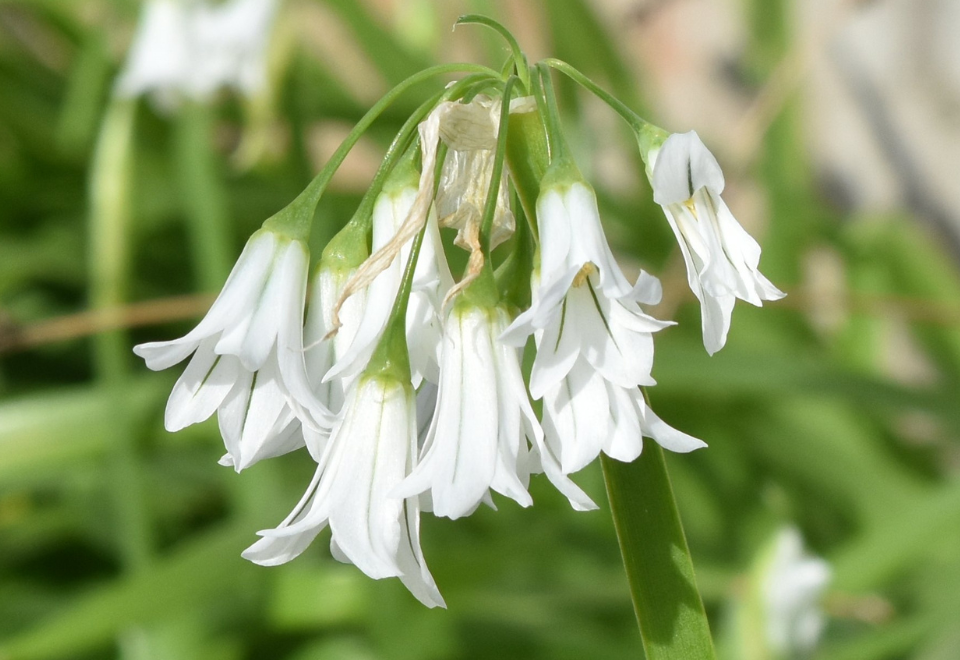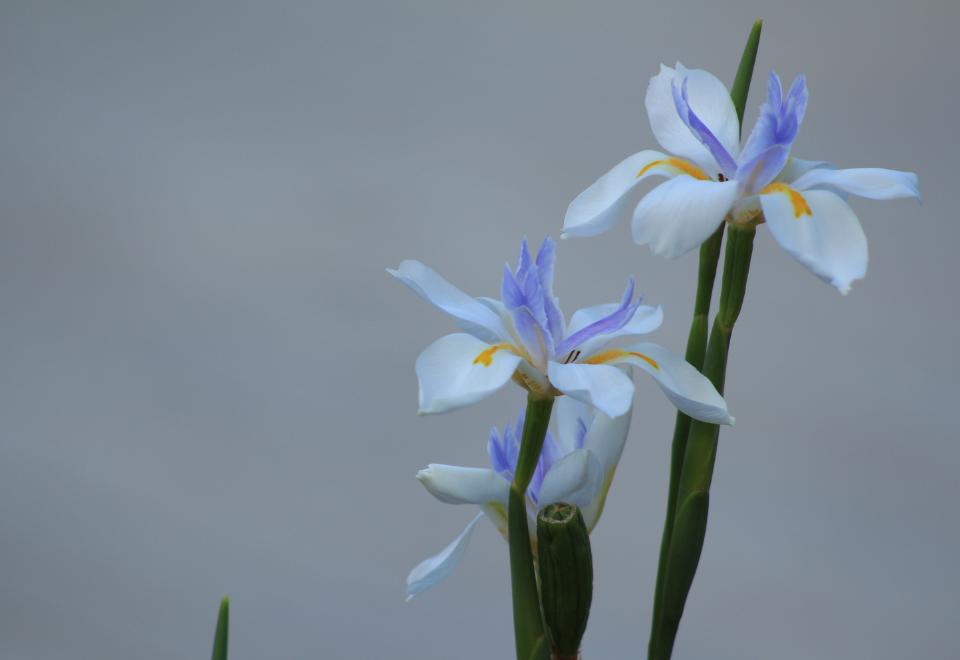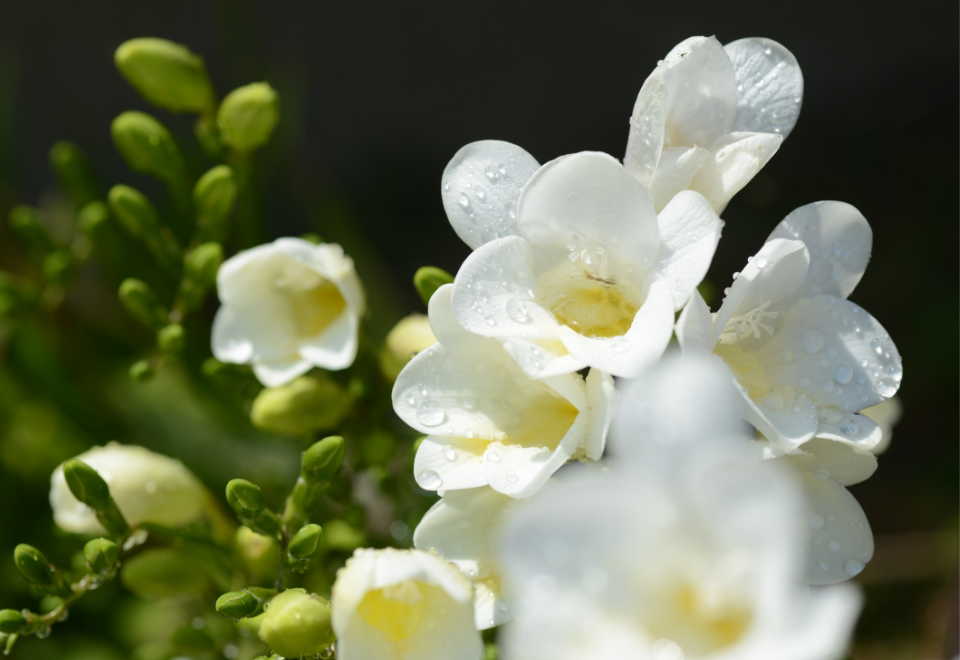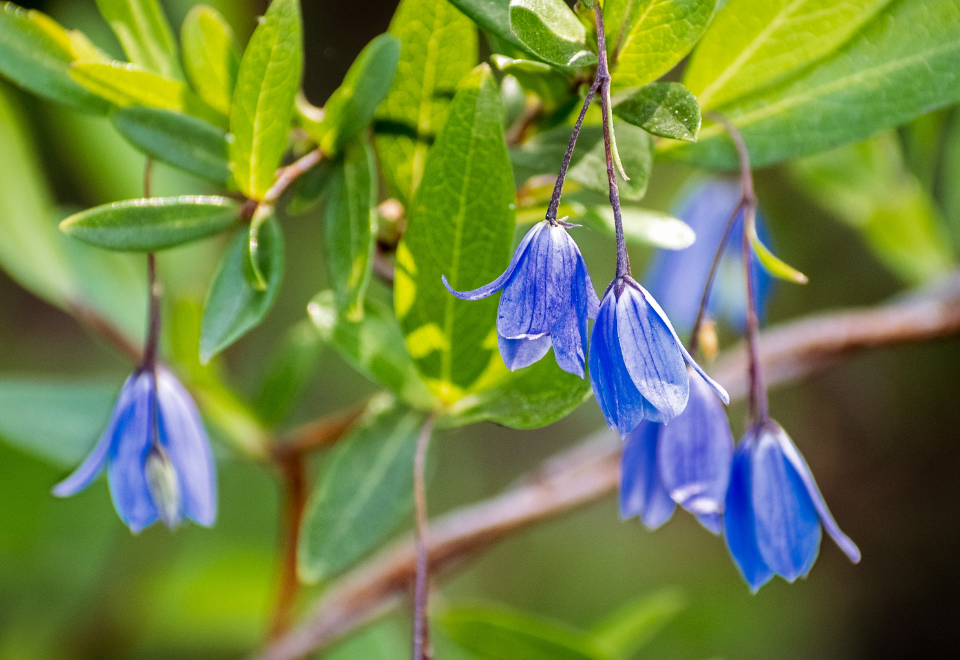As the days grow longer and warmer, plants are blooming into new flowers for spring. Unfortunately, this is true for weeds, too. Let’s explore some weeds you might have spotted this season, and some simple steps you can take to manage them.
You might be marvelling at an array of flowers that have sprung this spring – but did you know you might be looking at weeds? Lots of our common weeds are producing bright flowers at this time of year, which can make them look friendlier than they really are!
As pretty as they are, unfortunately these pest plants cause all sorts of issues. From outcompeting our native plants for space, nutrients and water, to causing harm to our livestock – there are lots of impacts from these fast-spreading problem plants.
Let’s get to know 7 common flowering weeds you might have seen this spring, and some simple tips for managing these if they appear in your patch.

1. Cape tulip
Cape tulip (Moraea flaccida (one-leaf) and Moraea miniata (two-leaf)) is a declared weed. It causes significant problems for the agricultural industry because it is poisonous for grazing animals.
It has long, grass-like leaves and small pink to orange, or even yellow, flowers.
Cape tulip is a very difficult weed to manage as it reproduces through both corms, a type of bulb, and seeds.
Up to 60% of the corms can stay dormant each season, and can even remain dormant under the right conditions for 5 to 10 years! This means this problem weed can keep coming back year after year. One-leaf Cape tulip can produce up to 1200 seeds per plant – making it a fast and easy spreader.
Management has to occur over several seasons in order to ensure all corms are removed.
Hand pulling individual plants can be a good control method for small patches, and is most effective in winter and spring. For chemical control and legal requirements, follow advice from PIRSA.

2. Three-cornered garlic
This weedy member of the onion family is a serious pest.
Three-cornered garlic (Allium triquetrum) has fleshy leaves and white bell-shaped flowers that group together at the top of a 3-sided stem. When crushed, the plant has a garlicky fragrance.
The seeds are dispersed by water, soil and even ants – and the plant’s seedbank can persist for 1 to 5 years, making it hard to control.
Once it spreads, it is a concern for native plants, as it competes for nutrients and becomes a dominant ground layer if not controlled.
Three-cornered garlic can be removed manually, but care needs to be taken to ensure that the bulbs are removed, and not just the plant and roots. For chemical control and legal requirements, follow advice from PIRSA.

3. Wild iris
Wild iris (Dietes grandiflora) is a robust weed, producing an abundance of seeds that germinate easily – making it a fast-spreading problem.
Wild irises have arching leaves and a white flower with yellow and brown patches. This weed is often a garden escapee – used in landscaping due to its hardy nature, but often spreading further than intended.
It is perennial, meaning it returns year to year. Wild irises can have a detrimental impact on plant communities and ecological processes because of their adaptability and resilience in a range of environments.
To control it, dig up the rhizomes (the stalk of the plants’ roots) and remove the flowers before seeds develop.

4. Watsonia
Watsonia (Watsonia meriana var. bulbillifera) is a perennial herb that can have a serious impact when it escapes gardens, competing for space and nutrients with natives. many aerial cormils/bulbils form each spring, which detach and spread aggressively.
It grows quite tall, often to 180 cm, but can even reach up to 250 cm. It has large, green strap-like leaves and an orange to pink tubular flower that occurs along a spike in its stem.
It is difficult to control by hand, but this can be done for singular plants or small patches of watsonia.
Care should be taken to ensure the entire root system and bulbs are removed. A good way to do this is to turn and prepare the soil to a depth of 100 mm after the bulb has been removed, and before the flower emerges. For chemical control and legal requirements, follow advice from PIRSA.

5. Freesia
Freesia (Freesia alba x Freesia leichtlinii) is a weedy bulb, forming dense infestations that compete with natives, especially native ground orchids.
It is a fairly small plant, with elongated leaves that cluster together at the base. They have sweet-scented tubular flowers that cluster close together. The flowers are white or cream, with purple and yellow markings.
Unfortunately their history as a garden staple through much of suburbia has helped them spread easily, assisted by the fact that they can regenerate from both seed and bulb.
Freesias can be controlled through manual methods of hand-pulling, but care should be taken to ensure the whole plant is removed, bulb and all.

6. Arum lily
Arum lily (Zantedechia aethiopica) is a succulent herb, originally introduced from South Africa as a garden plant.
The plant is generally a dark green, with leaves that are thick and fleshy. It has a white flower and a yellow berry fruit which occurs in spring.
Easily escaping the garden walls, arum lilies are now often found along creeks or damp land patches, forming dense clumps where it establishes.
Not only does it compete with natives, but its spread can be dangerous, too, because of it being toxic to stock if they graze on the weed.
It can be controlled by cutting off the flowers before they form seed, and digging out its fleshy roots when removing by hand. For chemical control and legal requirements, follow advice from PIRSA.

7. Bluebell creeper
Bluebell creeper (Billardiera heterophylla) is a garden escapee vine. Its weaving stems smother understorey and groundcover layers, impacting on the regeneration of native shrubs and trees. It has spread beyond its native range in Western Australia, but shouldn't be confused with sweet apple berry (Billardiera cymosa), which is native to South Australia.
It is a climbing pest plant, often reaching 3 to 4 m in height.
Bluebell creeper has light green, glossy, hairless leaves, which are 2-5 cm long, and a reddish to brown stem that becomes woody as the plant matures.
It has notable clusters of small blue flowers that occur in spring and summer, and cylinder-shaped berries that go from green to purple.
The weed is easily spread via seeds dispersed by birds and other animals when they consume the plant’s berries.
It can also re-spout from root even if the above ground plant is damaged, making it a difficult pest plant to control.
Bluebell creeper can be hand-pulled, however care should be taken to ensure the entire root system is removed. For chemical control and legal requirements, follow advice from PIRSA.
How are these problem plants spreading?
It is important to know how we might be inadvertently contributing to the spreading of some of these disastrous weeds.
Weeds can spread through transporting green waste, escaping gardens by spreading further than originally planted, or even through seeds that attach to people’s shoes and clothing.
Be aware of the unwelcome visitors you might be introducing to an area, and take precautions to stop this from happening, such as removing any weed seeds from shoes, socks and other clothing before moving to another area.
If you are disposing of any of the above mentioned weeds, be aware that there may be requirements for how this weed is then safely moved (from your property). To reduce the risk of the weed spreading through green waste – these problem pests should be disposed of by double bagging and then placing in your landfill bin.
Weed management is the responsibility of all residents, property owners, land managers and users, but we can help you learn more about pest plants and how to manage them.
What should I grow instead?
Check out more environmentally friendly options for your garden from our Adelaide planting guide and Adelaide coastal planting guide.